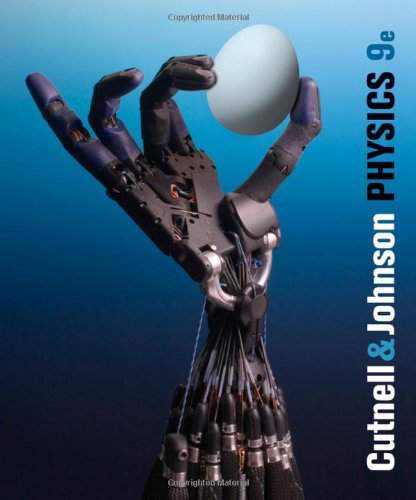Connecting...

This is a quick preview of the lesson. For full access, please Log In or Sign up.
For more information, please see full course syllabus of High School Physics
For more information, please see full course syllabus of High School Physics
High School Physics Work
Lecture Description
Work is a very prominent and reoccurring topic in physics. Work is pretty much the same in physics as its common banter meaning: you do something for certain amount of time (or distance). When someone lifts up a very heavy box, their muscles get fatigued and reach a certain level of pain due to lactic acid build up. That pain can be thought of as a ‘receipt’ showing how much work that person did lifting the box; the higher the pain level, the higher the amount of work they exerted. Work on it’s on is a simple topic, so next time we’ll use work as a bridge to one of the biggest topics in physics.
Bookmark & Share
Embed
Share this knowledge with your friends!
Copy & Paste this embed code into your website’s HTML
Please ensure that your website editor is in text mode when you paste the code.(In Wordpress, the mode button is on the top right corner.)
×
Since this lesson is not free, only the preview will appear on your website.
- - Allow users to view the embedded video in full-size.
Next Lecture
Previous Lecture















































1 answer
Tue Sep 8, 2020 7:56 PM
Post by oli642107 on August 31, 2020
I love the lectures! Thanks!! :)
2 answers
Wed Apr 1, 2020 10:06 AM
Post by beihur777 on March 31, 2020
When you gave the example about the introduction to work, you said that you can exert a force for some distance. Is this the same concept as exerting a force for some time? I know that exerting force for some time is called newton seconds. Is exerting force for some distance something like a "newton meter"?
I really need a clarification on this. Thanks.
1 answer
Thu Jul 25, 2019 6:57 AM
Post by Scott Yang on July 24, 2019
well what if you push an object with greater force and it moves faster? more work or same amount of work?
1 answer
Wed Mar 19, 2014 9:11 AM
Post by Nathan Lipinski on March 18, 2014
How come for example five we don't have to put the little h a negative? The big H is a positive?
Thanks
0 answers
Post by javier chichil on October 8, 2013
Good explanation. Thanks.
1 answer
Sun Jul 28, 2013 9:18 PM
Post by KyungYeop Kim on July 27, 2013
Why is work FxDxCos(x) as opposed to just F times D? it seems cosnine is redundant.. cosnine= Adjacent/Hypotaneous.= it ends up being (adjacent)^2 which is also (distance)^2 ??